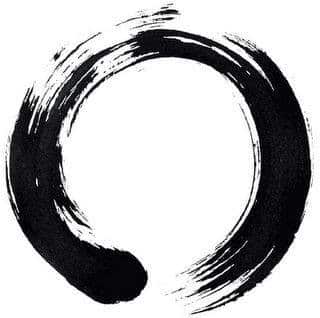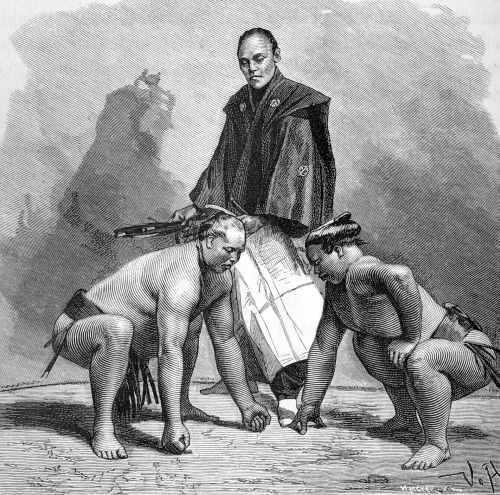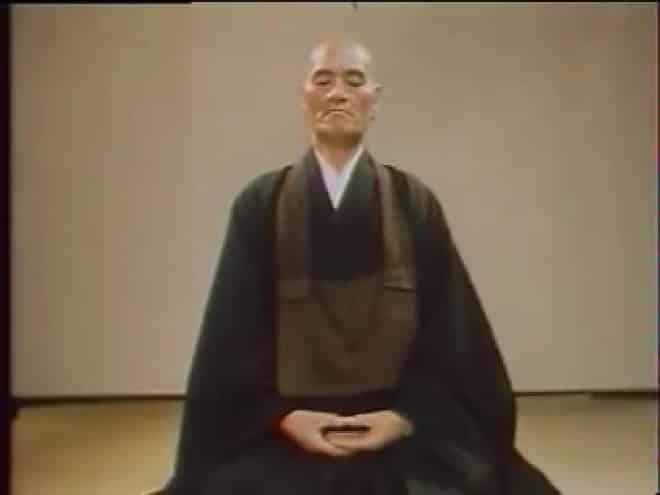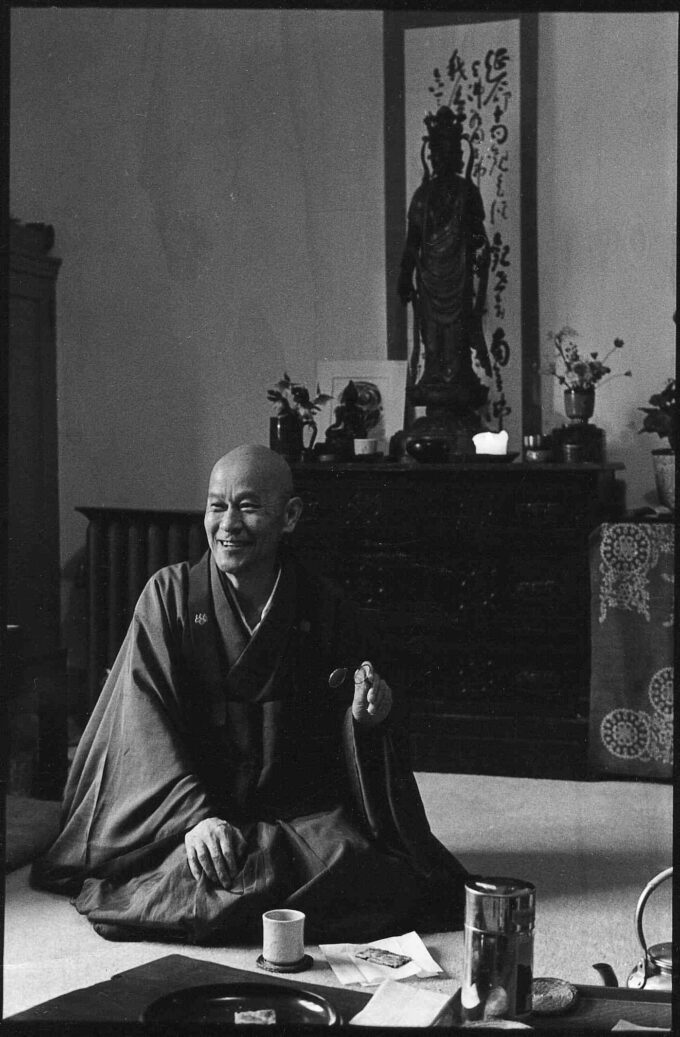Ensō is a Japanese word meaning “circle”. The term refers to a hand-drawn circle, produced by a single, continuous brushstroke. Ensō is a common subject of Japanese calligraphy, even though it is a symbol and not a kanji character.
An ensō should present the following characteristics: Fukinsei (asymmetry, irregularity), kanso (simplicity), shizen (without pretense; natural) and datsuzoku (freedom).
Although simple in form, a perfect circle is notoriously difficult to draw, and some artists will spend long practice drawing an ensō. The appearance of the circle will be determined by the artist’s personal style, feeling, mood, etc.
What does “ensō” mean?
The ensō can be drawn in two styles: a complete circle or one with a small opening.
The closed circle represents the totality of experience and life.
The opening of the circle has many interpretations. The open circle is a concept that reflects closely the teaching of the Japanese Zen Buddhism – ensō is an emblem of Zen Buddhism – and it represents and suggests cutting the desire for perfection and allowing the universe to be as it is. This symbol is also used to indicate an instance in which “the mind is free to let the body create”.
The Japanese practice of drawing the ensō requires that you allow your body to create freely and then observe the result without feeling the urge to modify your actions. According to Buddhist tradition, one should draw the ensō in a single, swift stroke, and is not possible to go back and change the drawing.
The ensō is a simple circle usually painted in black ink on a white paper. Typically, the circle is said to represent the material world that continues endlessly without cessation. There is a beginning to life (where the brush first touches the paper) and an end (where the brush leaves the paper), but this beginning and end continue one after the other, thereby signifying the wheel of birth, death and rebirth. The space within that circle is the emptiness, or the void, the understanding of which lies at the heart of Zen, and the experience of which is the goal of meditation.
It is said that the hands of a Zen master release the power of the ensō, and by this the master is helping those who meditate upon it to reach a higher level of consciousness – Zen masters often paint an ensō for their students, to meditate upon, and it is said that the quality of the brushwork reveals the depth of the master’s enlightenment. Zen Buddhists believe that only a person who is mentally and spiritually complete can draw a true ensō.
The ensō is often referred to as “The Zen Circle“. It embodies one of the defining aspects of Zen Buddhism, the no-mind concept. A state of no-mind is where a person is free from thoughts and emotions while being completely present in the now. It is believed that true creativity can arise while the person who draws it manifests the state of total presence.
Creating the zen circle is often done standing, so the brush stroke is the expression of the complexity of the body-mind.
Some call ensō “The Circle of Enlightenment.” Others call it the “Infinity Circle.” The meanings of the two kanji that make up the word “ensō” can be read as “Mutual Circle” or “Circle of Togetherness.” Perhaps ensō can simply mean different things to different people.
At first glance, this symbol appears to be nothing more than a circle. But it’s symbolism refers to the “beginning, the middle and end” of all things, the circle of life, and the interconnectedness of all existence. This circle does not represent a separate entity, like the cycle of one life for example, but it is a part of something greater – the totality, and the opening represents the imperfection (which is an inherent part of existence), the imperfection found in all things. It is said that the drawing or contemplating of an ensō stimulates mind and emotions, stimulates the spirit of a person, enabling the perceiving of the essence of the true reality. The ensō represents the universe, the infinity, a pursuit of perfection, the absolute enlightenment, the strength and the elegance.
In the sixth century, a text named Shin Jin Mei refers to the way of Zen as a circle of vast space, lacking nothing, and nothing in excess. And ensō is its symbol.
Practice the drawing of an ensō:
First, simply draw a circle on the paper. (It doesn’t have to be very ‘good’ from an artistic point of view. ) Now take a look at the paper. What do you see? Of course, all you can notice is the circle. Now shift your focus to what is inside the circle.
Then take a look at what is outside the circle.
What is inside and what is outside is the same. The circle – the idea of separation – is an illusion.
The circle, which creates the duality of ‘inside’ and ‘outside’ or ‘here’ and ‘there’ is a false representation. The cycle of ‘life’ and ‘death’ that the circle shows is, itself, nothing more than a trick of the mind, that habitually creates opposites where none in fact exist.
So take your eraser and wipe away the pencil mark on your paper.
And see that
The ensō is the enlightened mind.
The mind that is beyond duality.
Limitless and formless.
Infinite.
Photo credit: ensō




